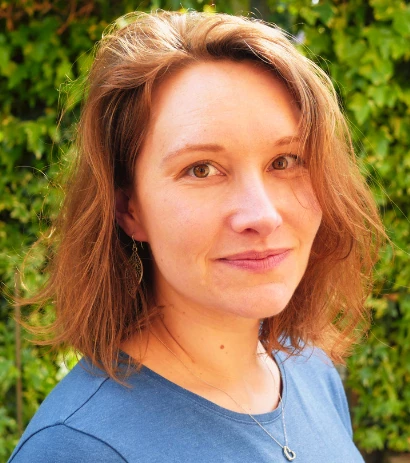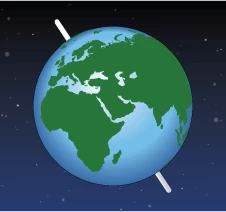The changing seasons
, 30 January 2015
Hello Bulb Buddies,
I’d like to thank those of you who sent in your weather data last week. And especially those of you who sent in jokes, keep them coming!
Some of the comments this week noted that the weather is getting warmer and that the days are getting longer. For this reason I thought it would be interesting to talk a bit about the seasons!
There are four seasons in the year. Winter, spring, summer and autumn. We are still in winter, which is the coldest season.
Spring starts around 20th March (the Spring Equinox) and is when we see most flowers bloom, the weather gets warmer, and many animals have their young. Lambs in the fields are a good sign that spring has arrived!
The summer comes in full force from June to September, and is when we have the warmest weather and the longest daylight hours. Luckily for you it’s also when you get your longest school holidays!
Autumn takes hold from late September, and this is when the days become shorter and the weather begins to get colder! This is when the leaves turn colour to oranges, reds and browns and fall from the trees. And when animals like squirrels hoard food for the long winter ahead. Winter arrives again in December, and stays until mid-March.
Do you know why we get seasons? What causes the weather to change so dramatically throughout the year? Well, it’s because the Earth is turning around the Sun at an angle. The picture below shows the earth in relation to the sun. The earth turns (rotates) on its axis (imagine a line joining the North and South poles) as it moves around (orbits) the Sun.
It takes the Earth 365 days to travel once around the sun. The length of a planets year is the time it takes for it to complete one orbit of its star. So a year on Earth is measured as the passing of 365 days.
The Seasons (from the BBC Bitesize website)
The picture above shows the Earth’s rotation around the Sun. The axis is shown by the red line at the North and South poles. You can see that the axis (red line) is at a different angle to the Earth’s orbit (the dotted line). This means that each day we are at a slightly different angle to the Sun than we were the day before. This is what causes a difference in the number of daylight hours we get. Fewer daylight hours (winter) means less light and heat, making this time of the year colder. More daylight hours (summer) means more light and heat, which makes it warmer!
The UK is in what is known as the ‘North hemisphere’, this means we are closer to the North Pole than the South Pole. Notice that in the picture the North pole (the red line pointing up) is leaning towards the Sun in the June and away from the sun in the December. This angle is what causes the change in daylight hours as the Earth orbits the sun over the course of the year.
Other countries experience the changes in daylight hours at different times of the year. In Australia it is summer in December! And in Iceland they have sunlight for days in a row in the summer and darkness for as long in the winter! Imagine the sun being out at midnight!
Keep up the good work Bulb Buddies,
Professor Plant

